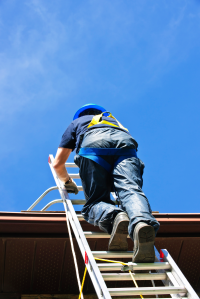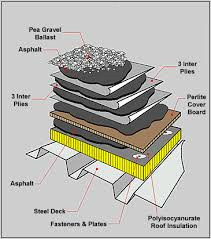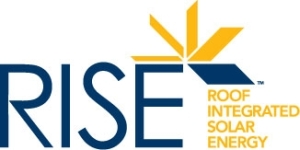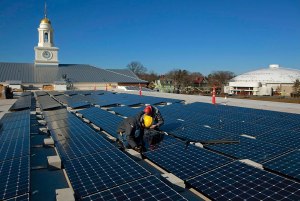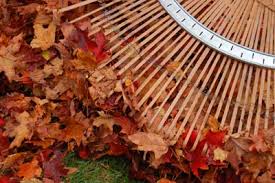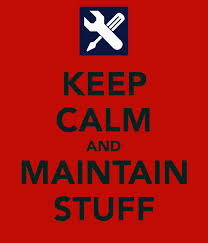Roofing problems, if unaddressed, can cause headaches for property managers.
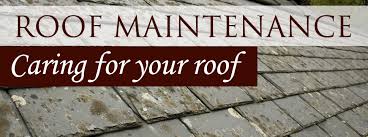
“The time to repair the roof is when the sun is shining.”
John F. Kennedy repeated this astute statement in a speech in 1962, and property managers should make it part of their daily work mantra.
A roof can be one of a building’s biggest financial investments and something that is easy to protect and neglect. Roofs receive a constant beating from a variety of sources: extreme weather, structural movement, foot traffic, damage from accidents, and a lack of maintenance. Worst case scenario, repairs left completely ignored can lead to the need for a total replacement. The key is to detect a problem sooner rather than later, before problems become serious.
A well-maintained roof is your first defense to help ensure a secure and worry free property. These tips for maintaining your building’s roof can help save you untold time and expense.
Proactive Inspection and Repair
Roof inspection and consistent maintenance are critical in maximizing a roof’s lifespan and should typically be done on a yearly or bi-yearly basis. The National Roofing Contractors Association, recommends at least two roof inspections every year: one in the spring and one in the fall after the extreme weather of summer and winter. Additionally, it is recommended that you have your roof inspected after any damage, such as construction, fire, or a serious storm.
These are the key elements of an inspection:
•Regardless of shingle type, check for splits, cracks, and missing shingles.
•Regularly clean gutters to prevent leakage and back-up. Heavy, clogged drains can cause stress on the structure of the roof. In winter, ice and snow is the problem, and in the summer, a heavy, clogged gutter can put strain on a roof, but is also the perfect breeding zone for mosquitos.
•Check for debris behind skylights, valleys in the roof, pipes, and any other penetrations.
•Check vents and fans.
•Make sure all seams and joins are secure and that sealants and flashings are in tip top shape.
Consider Your Climate
Location, location, location. This theory applies to more than just real estate sales. For your building’s roof, every season offers it’s own special challenges. From summer storms, to heavy winter snow falls, to leaf pile-up in fall, it all adds a different stress element.
Here are some climate-specific roof problems to consider:
•Vermin and pest control: Termites, squirrels, raccoons, and birds would all love to take up residence in your roof. Block small entry holes and remove new residents as quickly as possible.
•Rain and humidity damage: Heavy rain and consistent humidity are mold’s best friends and can lead to structural damage and tenant allergies. If water damage does occur, remedy the situation quickly and ensure that no materials have permanent damage.
•Heavy storm damage: Driving wind and rain can loosen tiles, start leaks, and cause trees to fall. Do a scan after every storm.
•Snowfall weight damage: A heavy snowfall can put added pressure on the structure. Have a company that offers snow removal services at the ready.
•Sun damage: Excessive sun can shorten the life of many roofing products like sealants. Make regular checks to ensure seals are doing their job.
Work with A Roofing Professional
Extending the life of your roof is the ultimate goal, but in many cases manufacturers require a verifiable roof inspection and evidence of follow through on recommended maintenance to keep roof warranties in full effect. Inspections can be performed by the building owner, but it is usually preferable to seek the expertise of a professional roofer.
A professional roofing company will create a customized inspection and maintenance program tailored specifically to your needs in order to protect your investment. They will analyze roof traffic patterns and check roof materials and mechanics.
Upon completion, a roofing expert will provide you with a detailed report outlining any issues. These reports can subsequently be used as a source of information for valuing your property and setting future budgets.
Also be sure to select the services of someone with experience in your building’s type of roofing system and materials and check to see if the company belongs to any roofing associations. You should also ask for references and check ratings with the Better Business Bureau.
These tips from DisaterSafety.org on How to Choose a Professional Roofer from the start are also helpful.
Make a Checklist
These simple monthly tasks will protect you in the long run.
1. Take routine photos so you can easily monitor any roof changes.
2. Have a disaster plan. Who will you call the moment something goes wrong? When it comes to your roof, the damage can increase exponentially with every moment lost.
3. Be conscious of who’s up there. It’s been shown that approximately 40% of all roof problems occur because of human error. For example, workers going on your roof for window washing or HVAC repair can unknowingly cause damage.
4. Encourage your tenants to inform you of any problems or leaks they encounter immediately, even if on the outside of the building. Help them help you.
A solid roof maintenance and repair plan helps landlords and property managers to avoid major problems by identifying and fixing them before they get out of control and costly, as well as to maintain good communication with tenants and residents, reducing potential legal liability.
